There are two primary types of pavement: pervious and impervious. Pervious pavement is designed to let water naturally seep through it and go down into the soil beneath. Impervious pavement does not allow water to seep through it. Instead, with impervious pavement, water runs off into storm drains that are lined along the road or paved surface at particular intervals.
Currently, a large percentage of roads and urban areas are comprised of impervious pavement. However, pervious pavement is becoming increasingly popular due to its many advantages over impervious pavement. Here is a look at some of the key problems with impervious pavement as well as the important benefits of pervious pavement.
Disadvantages of Impervious Pavement
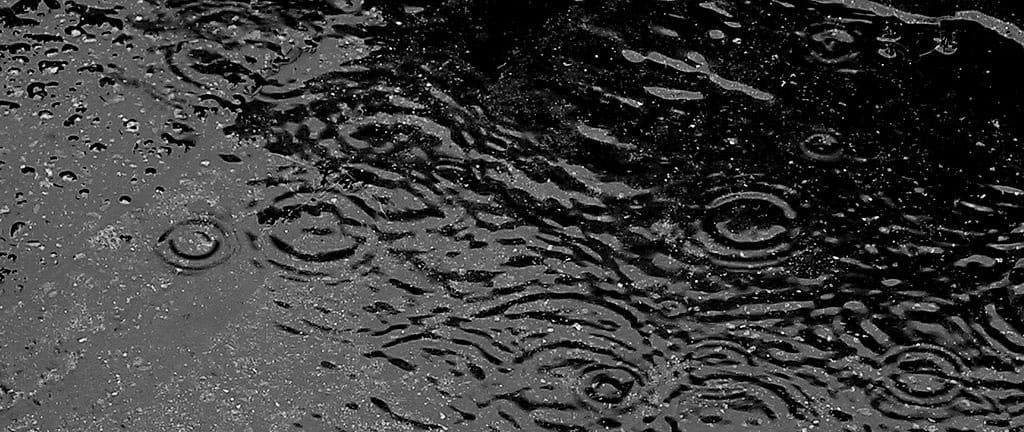
Flooding
The number one contributor to urban flooding is impervious surface. Concrete and asphalt do not absorb water and instead create runoff from flash flooding from stormwater during rain events. Stormwater runoff floods streets then moves into homes and businesses creating extreme flood damage and safety hazards. Drainage systems for impervious surfaces can quickly get overcome and overwhelmed by heavy rain as they have limited inlets and storage capacity.
Pollution
Pollution is one of the most significant problems of impervious pavement. The reason impervious pavement creates pollution is because when water runs off impervious surfaces, it picks up pollutants that are not filtered out. Then, this water goes straight into storm drains and then into ponds, streams, rivers, and lakes, contaminating these water resources. The wildlife in areas with high pollution can be affected, and public health can also be negatively affected which is a major problem.
Stagnant Water Puddles
If the impervious pavement surface does not have enough drainage, then stagnant water puddles can accumulate. This can be a serious issue because these puddles can be a hazard to drivers traveling on the roads. Also, stagnant water puddles can be a breeding ground for insects like mosquitoes.
Erosion
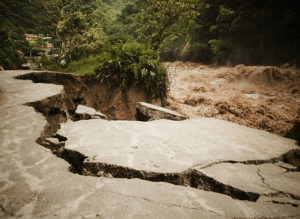
Impervious pavement surfaces often collect and distribute extremely large amounts of water during periods of heavy rain and storm. When this water runs off into rivers, it can create floods which can result in massive erosion. The floods can also be hazardous for people who live near rivers, and for their property.
Water Table Recharging Issues
With impervious pavement, water does not seep into the ground and gradually make its way to natural aquifers. Instead, it is rapidly pushed into rivers and streams. This can result in groundwater being used too quickly, leading to premature depletion of aquifers. This can create major problems for the agriculture industry as well as the general public.
Overheating
Impervious pavement surfaces tend to absorb a large amount of heat. In fact, they create pockets of heat called “heat islands,” in developed areas. This can make them exceptionally uncomfortable to walk on during the warmer months of the year. These heat islands will often increase the air temperature in highly dense areas as well.
The Benefits of Pervious Pavement
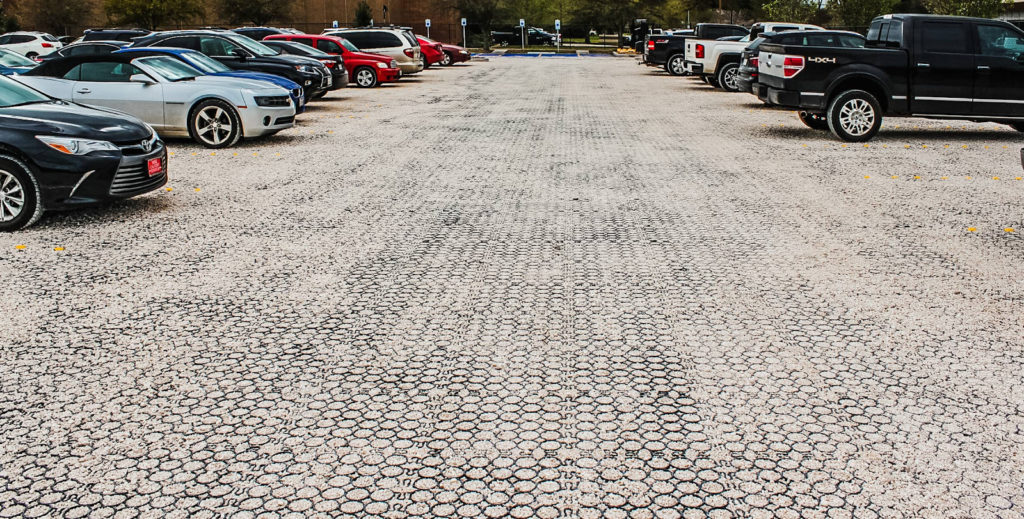
Pollution Reduction
With pervious pavement, surface water does not run across the pavement picking up pollutants, like it does with pervious pavement. Instead, it goes into the ground. When it goes into the ground, pollutants are filtered out naturally instead of being swiftly carried into rivers and streams as they are with impervious pavement.
No Stagnant Water Puddles
Unlike with impervious pavement, water does not build up and create puddles on pervious pavement surfaces during rain storms. This makes pervious pavement roads and parking lots safer and less likely to become natural breeding areas for mosquitos. Drivers are far less likely to hydroplane on pervious pavement roads than they are on impervious pavement roads.
Decreased Erosion
Because pervious pavement allows water to pass through it, the water ends up going down into the soil and then into the natural aquifers. This prevents massive amounts of water from flooding into the streams and rivers, overflowing, and then causing significant amounts of erosion. Erosion can be a major problem for ecosystems. So, reducing it can be very beneficial for the environment.
Improved Water Table Recharging
When more water is flowing through the pavement instead of down sewer drains, it makes it easier for the water table to recharge properly. This reduces the risk of aquifers drying up or being overused. It is also just better all-around for the ecosystem when the water table is charged properly.
Reduces Overheating
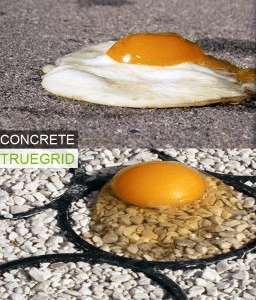
Pervious pavement does not trap heat like impervious pavement does. It also does not create the so-called heat islands that impervious pavement creates. This makes it much better for inner cities and other densely populated areas where people are walking on pavement regularly. Pervious pavement can go a long way towards keeping cities and other developed areas cooler during the summer.
Aesthetic Appeal
Many people find pervious pavement surfaces to be much more aesthetically appealing than traditional impervious pavement. Also, parking spaces and other boundaries can be naturally designed into the pervious pavement without the need for paint.
These boundaries can be very attractive. Furthermore, vegetation surrounding pervious pavement areas tends to be significantly more robust, healthy, and beautiful. This is because the water table is more charged and is thus able to better support the growth of the plants. So this is ideal for city planners, homeowners, and anyone else who may want to have healthy plants growing alongside their paved areas.
Reduced Need for Drain Systems
Drain systems can be expensive to put in, complicated to design, and they reduce the total developable area. Pervious pavement drains water naturally. So, there is really no need for a drainage system. Or, at the very least, there is a dramatically reduced need for a drain system. This makes construction and development projects significantly easier to both design and build. It also gives the developer much more room to develop.
Opt for Pervious Pavement over Impervious
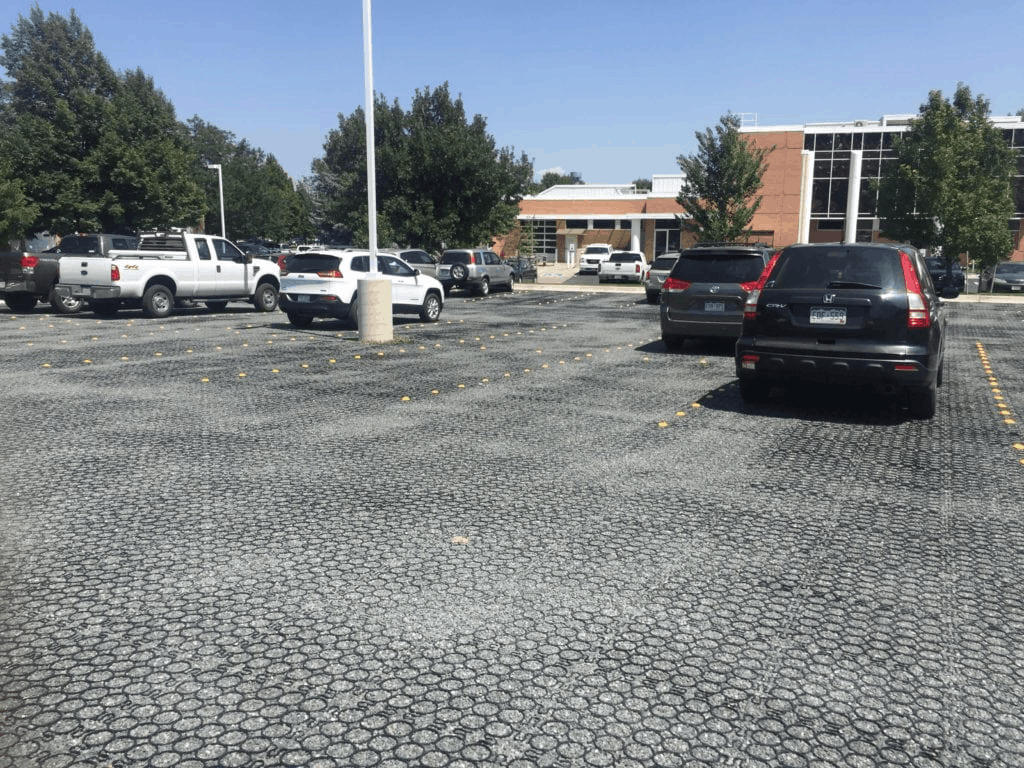
Impervious pavement has served its purpose in history. It has given us the ability to create roads, parking lots, and other surfaces that we’ve needed for many decades. However, pervious roads are the future. They are just so much better all-around, that it is impossible to see how they won’t continue to be used more and more. This is especially true considering the fact that it is more important than ever to properly manage both pollution and the water table.
If you would like to speak to an expert about pervious pavement, then call TRUEGRID today! We look forward to speaking with you and helping you get the ideal pervious pavement for your paved surface project.



